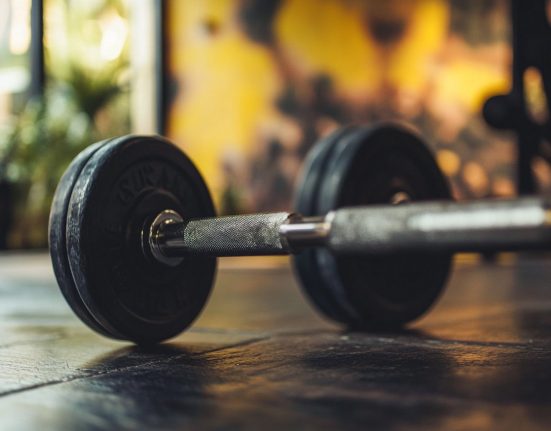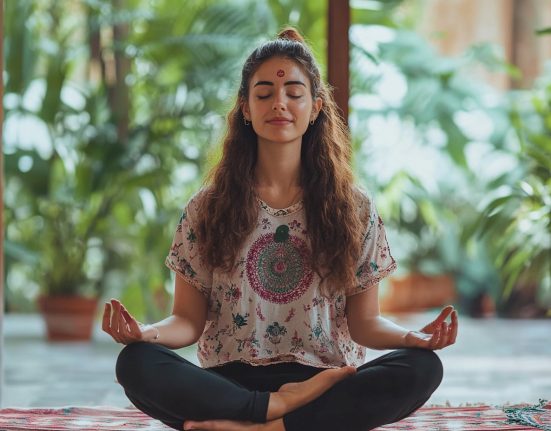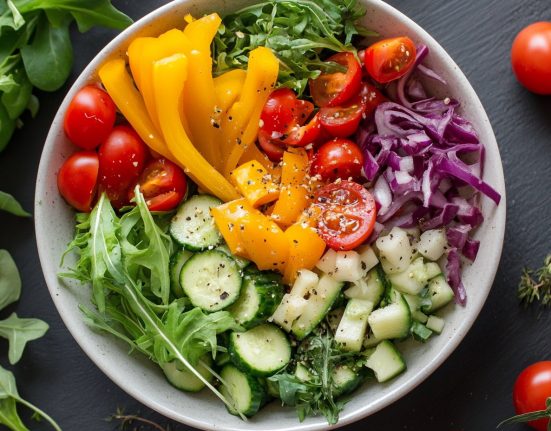Yoga is practised around the world by countless people. And for good reason too, for this holistic science is nothing short of food for the body, mind, and soul! It comes as little surprise then that there is yoga for depression that can prove to be of help. Read on to know more.
There are quite a few beginner poses for those looking for yoga for depression anxiety and stress. You can try these simple poses at home or take up a class with a trained guru. If you’re ready to push your limits, you can try taking up special types of yoga too.
You may be undergoing depression if you exhibit the below symptoms:
- Persistent low mood
- Loss of interest in activities or things you once enjoyed
- Feelings of worthlessness
- Poor concentration
- Thoughts of inflicting harm on yourself
Tip: Get in touch with a doctor or therapist right away if you feel your mental health is deteriorating.
Benefits
Yoga offers immense benefits for both mind and body. The above infographic explains how yoga can help deal with depression.
If you’re looking to get started, there are a number of easy yoga poses for beginners you can try. You can try taking a class with any trainer in your locality. You can also practise yoga at home with the help of free online classes and videos through channels like Yoga with Adriene.
Tip: Be careful when practising yoga on your own, especially if you’re a beginner. You don’t want to overexert or hurt yourself!
Here are 8 Effective Yoga Asanas For Depression
1. Child’s Pose Aka Balasana
This beginner’s yoga pose is designed to relax the body and mind.
- Start in the kneeling position, resting your buttocks on your heels. Place both palms on your thighs and keep your feet together.
- Breathe slowly, relaxing your shoulders.
- Bow forward, lowering your upper body onto your thighs while exhaling. Extend arms out in front with palms facing down.
- Keep big toes touching as you spread your knees wide and lower your torso between your thighs.
- Rest your forehead on the floor and relax the neck and jaw.
- Close your eyes, focus on your body and be mindful of physical sensations. Continue breathing slowly for a couple of minutes before returning to the starting position.
Tip: For added comfort, place a blanket or pillow beneath your forehead.
2. Plow Pose Aka Halasana
This yoga pose prepares the body and mind for deep rejuvenation.
- Lie down on your back; keep arms beside you with palms facing downwards.
- Inhale, and using abdominal muscles, lift your feet off the floor.
- Raise your legs to a 90-degree angle as you continue breathing normally.
- Support the hips and back using your hands, lifting them off the ground.
- Sweep your legs over your head 180 degrees till your toes touch the floor. Ensure your back is perpendicular to the floor.
- Hold this pose and breathe steadily as you let your body relax.
- Gently return to the starting position after a few seconds or about a minute.
Tip: Refrain from jerking your body or making sudden movements when bringing your legs back to the starting position.
3. Bridge Pose Aka Setu Bandhasana
This yoga asana calms the brain and reduces anxiety, stress, and depression.
- Lie down on your back.
- Bend your knees, keeping your feet on the floor, hip-distance apart.
- Keep knees and ankles in a straight line, placing arms beside your body with palms facing downwards.
- Inhale and lift your back off the floor slowly.
- Roll in the shoulders and push your chest to your chin, supporting your weight with your feet, arms, and shoulders.
- Keep thighs parallel to each other and to the floor.
- Continue breathing slowly; hold the posture for 30-60 seconds, and exhale as you release the pose.
Tip: Support your back with your palms if needed.
4. Downward-Facing Dog Aka Adho Mukha Svanasana
This yogasana is the poster pose for yoga, acting both as a transitional pose and a resting pose.
- Lie face down on the floor; get up on your knees with your hands still on the floor.
- Lift your hips up by pushing back through your hands and straightening your legs.
- Engage your quadriceps to take your body weight off your arms.
- Exhale slowly and bend your knees to release the position, coming back to your hands and knees.
Tip: Avoid this pose if you have carpal tunnel syndrome, any other wrist injury, heart disease, high blood pressure, slipped disc, vertigo, or are in the last trimester of pregnancy.
5. Corpse Pose Aka Savasana
Savasana is all about relaxing your body and mind one part at a time. With regular practice, this yoga depression pose conditions your body to release stress, improving your physical and emotional wellbeing.
- Rest your entire body on the floor, lying on your back with knees bent or extended flat.
- Keep head-centered, and arms extended to the sides.
- Relax all muscles and continue breathing normally.
- Hold the position for 5-15 minutes.
Tip: While practising savasana, your body might feel itchy, cold, or unsettled, which can cause distractions. Avoid moving your body and practise in a cool, quiet, relaxing space.
6. Hatha
Hatha yoga comprises three practices – body postures, breathing techniques, and meditation. This type of yoga emphasises holding poses for long periods of time.
Hatha yoga acts on the neurotransmitters in the brain in a way similar to that of antidepressants, which is why experts believe it can improve depression symptoms. Hatha yoga asanas for depression can also help you manage stress by positively impacting the nervous and endocrine systems.
Tip: Hatha yoga also offers physical health benefits like stronger core muscles.
7. Bikram
The Bikram yoga system is a type of hot yoga, consisting of a set of 26 postures to be practised in a room heated to 105 °F (41 °C) with a humidity of 40%. This yoga style was devised by Bikram Choudhury, based on the teachings of B. C. Ghosh.
Bikram yoga offers a number of mental health benefits such as reduced cortisol and stress, increased mental endurance, and better sleep. It also increases your ability to focus.
Tip: Bikram yoga can cause dehydration, heat exhaustion, or heat stroke. Remember to stay hydrated, take it easy, and take a break if it gets too hot.
8. Kundalini
Kundalini yoga is also called Yoga of Awareness; it involves chanting and singing, breathing exercises, and repetitive yoga poses. The purpose of this yoga style is to activate Kundalini energy, which is the spiritual energy residing at the base of the spine.
Anxiety, depression, or trauma affect every cell of our being. As such, Kundalini yoga can prove to be a great solution as yoga for insomnia and depression since it has a multi-faceted approach involving not just physical postures, breathing exercises, and deep relaxation techniques, but also meditation and mindfulness components.
Tip: Start practice 3-4 times a week and build up to a few minutes daily.









